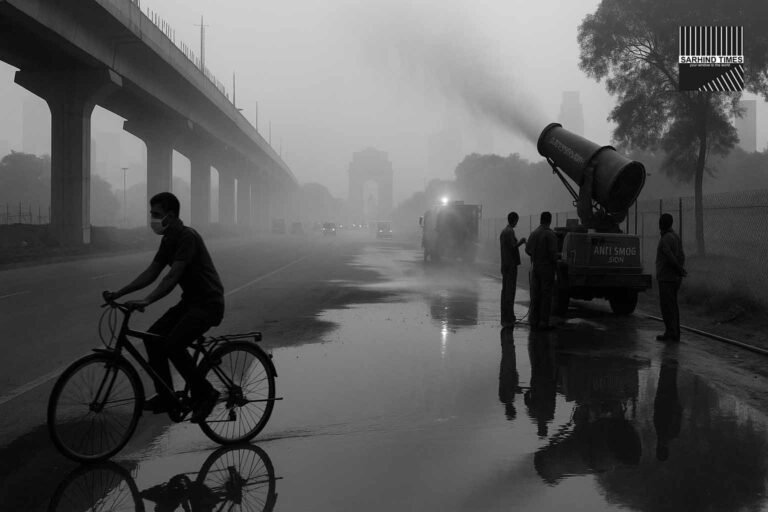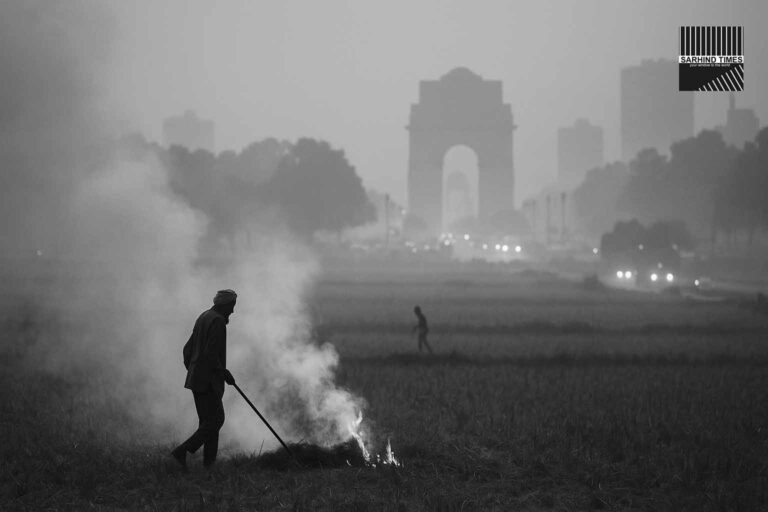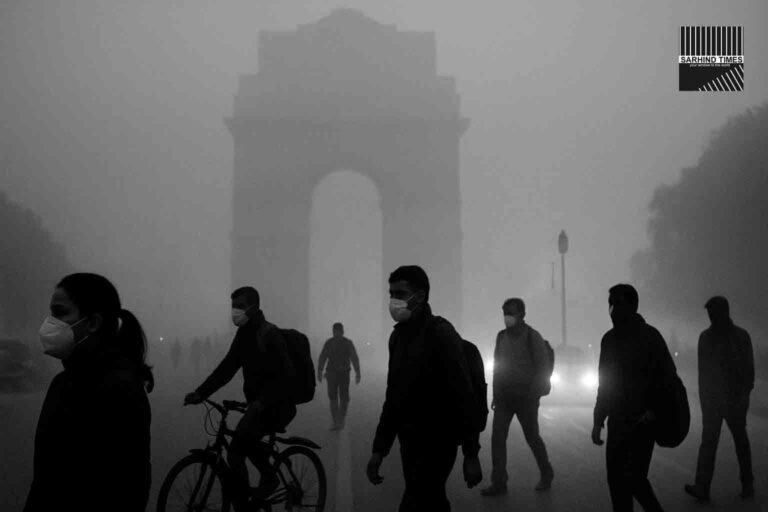A Lingering Monsoon
The India Meteorological Department (IMD) has signaled that fresh systems developing over the Bay of Bengal could delay the official retreat of the southwest monsoon. Typically, the withdrawal begins from northwest India by mid-September and then progresses southeastward. However, active lows over the Bay often disrupt this rhythm, holding back retreat isochrones and extending rainfall spells.
This year, the pattern suggests a prolonged tail-end, with implications for agriculture, urban management, and festival-season logistics.
What the IMD Observed
Meteorologists noted:
- Fresh systems: New low-pressure areas in the Bay are sustaining moisture inflow.
- Intra-seasonal variability: Intense rain bursts are alternating with dry lulls.
- Regional spread: Eastern and central belts are likely to see extended wet conditions.
Such dynamics, while not unprecedented, underscore the monsoon’s increasingly erratic character amid climate variability.
Agriculture: Boon and Burden
For the farming community, a delayed retreat is a double-edged sword:
Positive impacts:
- Supports late-sown kharif crops like pulses and oilseeds.
- Boosts reservoir levels, vital for rabi irrigation.
Negative risks:
- Localized flooding in already saturated districts.
- Crop damage if heavy bursts hit during harvest windows.
Agronomists advise farmers to monitor advisories closely and plan harvests to minimize losses.
Urban Planning: Drainage and Preparedness
Urban centers face heightened flood risk when monsoon tails drag on. The IMD urged storm-drain readiness and citizen awareness, particularly in cities like:
- Kolkata and Patna: Low-lying zones vulnerable to waterlogging.
- Bhubaneswar and Ranchi: Prone to flash floods during late-season bursts.
- Central India towns: Where infrastructure gaps can worsen flooding.
Festival gatherings in September–October compound the challenge, requiring weather-sensitive crowd management.
Historical Context: Delayed Retreats in Past Years
India has seen several instances of late monsoon retreats in recent decades, often linked to Bay activity. For example:
- 2019: Withdrawal was the most delayed in 60 years, extending into October.
- 2020–2022: Retreat timelines shifted later than average, adding complexity for agriculture.
Such shifts highlight the role of climate variability and warming seas in altering monsoon behavior.
Citizens’ Advisory
The IMD emphasized public safety during the extended wet phase:
- Track city-specific alerts for lightning, gusty winds, and heavy spells.
- Secure festival arrangements like tents, pandals, and temporary structures.
- Stay weather-aware while traveling, especially on highways prone to flooding.
Broader Implications: Climate and Infrastructure
The delayed retreat underscores a larger issue: India’s monsoon unpredictability is intensifying. This complicates:
- Infrastructure planning: Roads, drainage, and housing must adapt to erratic rainfall.
- Disaster preparedness: Local administrations need agile responses to late-season bursts.
- Climate policy: Strengthening observation systems and adaptation measures becomes essential.
Conclusion: A Season That Refuses to End
The IMD’s latest update confirms that this year’s monsoon is not yet ready to retreat. For farmers, urban residents, and festival organizers, the coming weeks will demand vigilance. While the extended rains may fill reservoirs and aid late crops, they also carry risks of localized floods and logistical disruptions.
As the monsoon’s retreat timeline stretches, India is reminded once again of the fragility and importance of weather predictability in a nation so deeply tied to the rains.
#IMD #Monsoon #Weather #BayOfBengal #RainAlert #Agriculture #FloodRisk #India #SarhindTimes

























+ There are no comments
Add yours